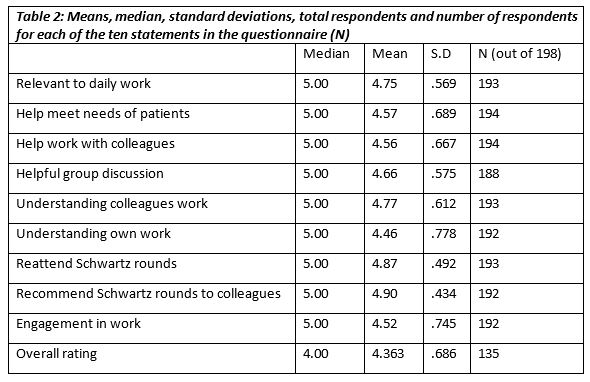This Month’s IMJ
June 2019, Vol 112, No. 6
Commentary
Measles Outbreaks Continue to Cause Concern
J.F.A. Murphy
Editorials
Challenges of Cancer Screening
D. Kelly, M. O’Connor
Original Papers
Research Correspondence
Case Reports
Letters to the Editor
Laparoscopic Guided Regional Analgesia (Lagra) Reduces Post-Operative Pain After Laparoscopic Cholecystectomy
D. Joyce, R. Craig, S. Mansoor, S. Toomey
Parental Support Experience Following Late Miscarriage, Stillbirth or Neonatal Loss at a Regional Hospital
R. Mc Govern, M. Pentony, L. Dempsey, P. Gaffney, A. Finan
Is the Current Consent Process Appropriate for Patients and Fair to Newly Qualified Doctors?
P. Rohan, G.D. Keane, C. O’Connell, M.K. O’Reilly, G.J. Nason
“No DVT” is not a Diagnosis, Discharge Diagnoses in Patients Investigated for Deep Venous Thrombosis
S. Gilmartin, C. McInerney, V. Varley, B. McNicholl
Feasacht Sláinte: Irish Medical Students’ Perspective on the Importance of Anatomy and Physiology for the Irish Public
J.L. Jeger*, T.K. Samson*, D.S. Barry
*Joint First-Authorship
Continual Professional Development
Please take our quiz (link below), at the Irish Medical Organisation to earn extra CPD/CME points.












